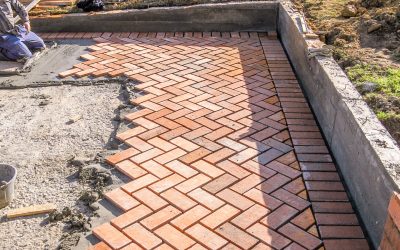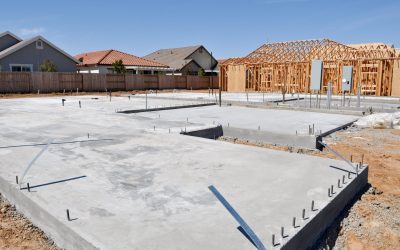There are a large number of older commercial buildings in use today with failing roofing systems. Many of these commercial roofing systems were considered the state of the art twenty or more year ago, but new technology and materials have led to more energy efficient, cost effective, and longer lasting alternatives.
By taking a closer look at the most common commercial roofing system today, it is highly likely that a specialized fluid-applied membrane system that can be used to correct problems with the existing roofing is the best option. These systems include removing any damaged roofing components and any existing surface contaminants and then applying the correct roofing solutions.
BUR and Modified Bitumen Roofing
A BUR or Built-Up Roof, as well as the Modified Bitumen roofing, were a very common option in the not too distant past. These are layered roofs with tar; asphalt and granules applied in sequence to create a waterproof, textured roof. However, as with other types of granular roofing products wear does occur and blistering between the layers, leading to leaks, is significant concern.
BUR and modified bitumen roofs can be corrected with one of the fluid-applied membrane commercial roofing systems on the market today. These are very versatile and can also be used on vertical surfaces, making them a very durable and practical product.
TPO Roofs
A thermoplastic polyolefin is a low-cost option in a single layer type of roofing membrane. While it is low cost and energy efficient, it does have seams that can be problematic over the life of the roof.
These commercial roofing systems have a 10 to 15-year lifespan, and if the roof gets a lot of traffic or a lot of extreme weather, it may be much shorter.
EPDM
This is a rubberized single ply synthetic rubber membrane. It does have seams and, with all similar types of roofing, leaking at these locations can be an issue. With a longer life of 15 years, this is a good option, but there can be some contraction or shrinking of the material over time.
PVC Roofs
Very similar to EPDM roofs, the PVC options are as single layer membrane as well, with the same issues with shrinkage. This provides the opportunity for seams to pull apart and leaks to occur with the roof.
Additionally, PVC is not recommended for use on existing asphalt commercial roofing systems, which can limit its viability for many commercial buildings.
The ideal option for all of these commercial roofing systems is to apply a fluid-
applied membrane to create a truly waterproof roofing option. Not only will this save money over a complete roof replacement but it will also be a low-maintenance, cost-effective option both now and in the future.



